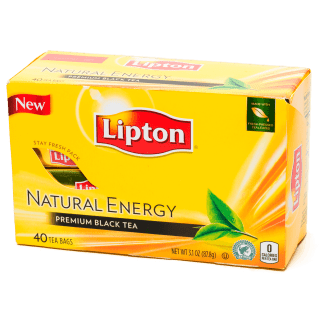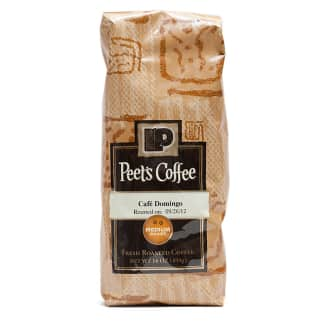Coffee may get all the buzz, but tea is hot: Americans consumed 3.6 billion gallons in 2014, 84 percent of which was black tea, according to the Tea Association of the United States. Sales of bagged and loose tea have increased by 17 percent in the past five years.
Twenty-one staffers tasted the teas both plain and with milk and sugar, evaluating them for flavor, astringency, complexity, and overall appeal.
But which affordable, everyday black tea is best? We surveyed the market and chose seven of the most popular and widely available black teas from each of the top-selling national brands, priced from $0.05 to $0.25 per tea bag. Among these teas were English breakfast, British blends, English teatime teas, and black teas. Why the mix? Our tea experts told us that while the names on the packaging might differ, it’s mostly just marketing. Unless otherwise noted, supermarket black teas are blends, made by manufacturers who combine leaves grown in different regions to create their desired flavor.
Twenty-one America’s Test Kitchen staffers tasted the teas both plain and with milk and sugar, evaluating them for flavor, astringency, complexity, and overall appeal. Once we’d crunched the numbers, we looked at the results and saw an interesting trend: In general, the brands that scored high when tasted plain performed poorly when tasted with milk and sugar; likewise, teas we loved with milk and sugar were at or near the bottom of our plain tasting. Why would we love a tea plain but not like it with milk and sugar?
Astringency and bitterness in tea are linked to tannins, compounds found in many plants. Tannins are often discussed in relation to red wine; they affect a wine’s flavor and tend to dry the mouth as you sip. We had an independent laboratory make tea with one tea bag from each product in our lineup and then measure the tannins in each of the brewed teas; they reported a range of 789 to 1,265 milligrams per liter, which tracked with tasters’ preferences: Teas we liked with milk generally had more tannins, and those we liked plain generally had fewer. There were exceptions to this trend, most notably with Lipton, which is high in tannins but came in second in the plain tasting. According to one expert, a huge corporation like Lipton sources and blends teas from dozens of places, meaning that its familiar tea is formulated for balance and consistency—the high tannins are tempered by other flavors for mass appeal.
One Plant, A World of Tea
Black, green, and white teas all come from the same plant, a shrub or small tree called Camellia sinensis (herbal “teas” do not come from the tea plant). The teas taste, look, and smell different based on where and when they’re grown, as well how they’re picked and processed. For black tea, processors harvest the green, almond-shaped leaves by hand or machine and rest them (in carefully controlled conditions) for up to 24 hours. Next, they roll or cut the leaves to break the cell walls and release enzymes that oxidize to develop the tea’s flavor and color. Then they heat the leaves to stop oxidation and dry them. Tea companies, especially supermarket brands, typically mix from multiple sources, balancing flavor, color, and aroma to achieve their desired blend, which should stay consistent year in and year out.
There’s a scientific explanation of why tannins and milk go together so well: The proteins in milk, called caseins, bind with the tannins and smooth out their characteristic astringency. But if a tea isn’t tannic enough, the caseins can overwhelm its flavor, which is why most low-tannin teas tasted flat with milk.
We also split open multiple bags of each tea to weigh and average their contents, which ranged from 1.96 grams to 2.63 grams per bag (a difference of approximately 25 percent). When we compared these weights to our preferences, we noticed a second pattern: Brands that packed more tea into their bags tended to contain more tannins, likely (in part) because more tea in the bag means a stronger, more tannic brew; again, we generally liked these teas with milk and sugar. Those with less tea in their bags were likely to have fewer tannins and were best served plain.
While all of our manufacturers say that their teas can be served with or without milk and sugar, it does appear that there are two general styles: bolder, more tannic teas designed to stand up to add-ins, and those blended to have fewer tannins and be served plain. So if you prefer to drink your tea with milk and/or sugar, our top choice is Tetley’s British Blend. If you’re a purist, stick to the milder Twinings English Breakfast Tea.
- Taste plain
- Taste with milk and sugar
- Measure tannins
- Weigh contents of each teabag
- For plain tea: softer tannins
- For plain tea: well-balanced flavor
- For tea with milk and sugar: stronger tannins
- For tea with milk and sugar: bolder flavor












